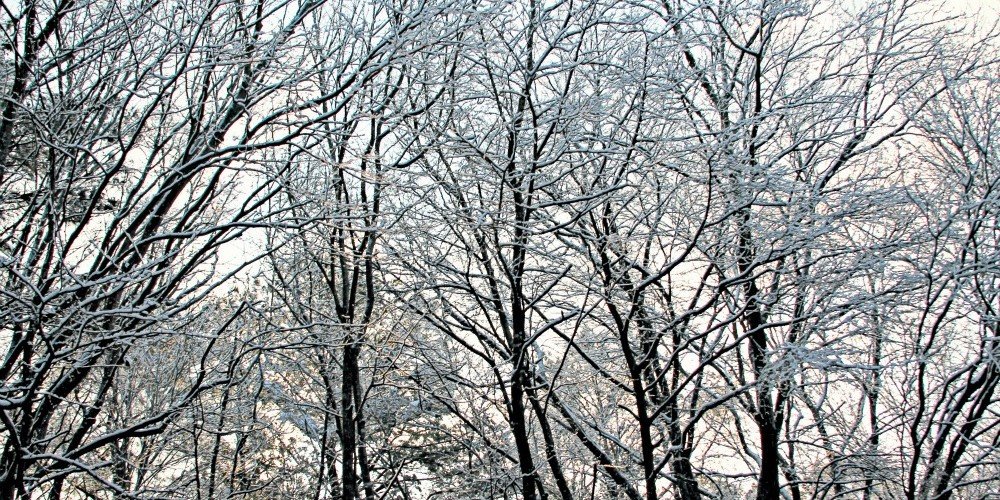Winter brings frigid temperatures, chilling winds, and even delivered some snow to the Eastern Shore recently. As we battle Mother Nature to stay warm this year, your trees are fighting, too. You can add extra layers of clothing, sip on some hot cocoa or venture inside where its heated – your trees can’t. They’re left outside to and exposed to all elements.
It’s important to pay attention to and nurture the trees in your yard during the winter season. Check on the younger plantings in your yard, transplants, or sometimes unsteady older trees. It’s vital to evaluate the health of trees and initiate proper management practices. Younger trees are more vulnerable to the elements. By checking on your trees regularly, you can help reduce (or avoid) major problems (uprooting, rotten bases, broken limbs, falling branches, etc.) in the future.
“While your trees seem to be in a state of hibernation in the winter, exposure to the tough conditions can cause them major stress,” said Jim Skiera, Executive Director of the International Society of Arboriculture.
“Minimize that stress by helping your trees through the cold months, a little at a time. If you take care of your trees in the winter, you’ll be rewarded in the spring.”
What can you do to make sure the trees in your gardens and yard make it through to the spring?
1. Put composted organic mulch under your tree during early winter to help retain water and reduce temperature extremes. A thin layer of mulch will act like a blanket and give the tree’s roots a little extra protection.
2. Give your trees a drink. Winter droughts require watering as much as summer droughts. If temperatures permit, an occasional watering during the winter on young trees can be a life saver. But be sure to water only when soil and trees are cool but not frozen.
3. Prune your trees. Winter is actually one of the best times to prune because it is easier to see the structure of trees without their leaves. But limit pruning to deadwood and poorly placed branches in order to save as many living branches as possible.

4. Prevent mechanical injuries. Branch breakage or splitting can be caused by ice and snow accumulation, or chewing and rubbing by animals. Prevent problems from occurring on young trees by wrapping the base of trees in a hard, plastic guard or a metal hardware cloth. Wrapping trees with burlap or plastic cloth also can prevent temperature damage. Just remember to remove the wraps and guards in the spring to prevent damage when the tree begins to grow.
5. Note any insect or animal damage. This is the time of year when bugs burrow deep inside of trees to seek warmth. Deer will rub against the base of trees and kneed trees with their itchy antlers. Squirrels strip premature pinecones from trees in an effort to find seeds to eat when the ground is frozen and green vegetation is hard to come by. Take note of any issues and treat accordingly.
Maryland’s Eastern Shore is home to the beautiful Adkins Arboretum. Their staff can aid Eastern Shore residents with tree questions, concerns, or knowledge. Check out the Arboretum’s website for more information.
To read more about Adkins Arboretum, check out this ShoreBread article: Native Gardens, Meadows & Forests on the Eastern Shore.
Featured photo by Ami Reist. Inset photo by Albert Burchsted.








